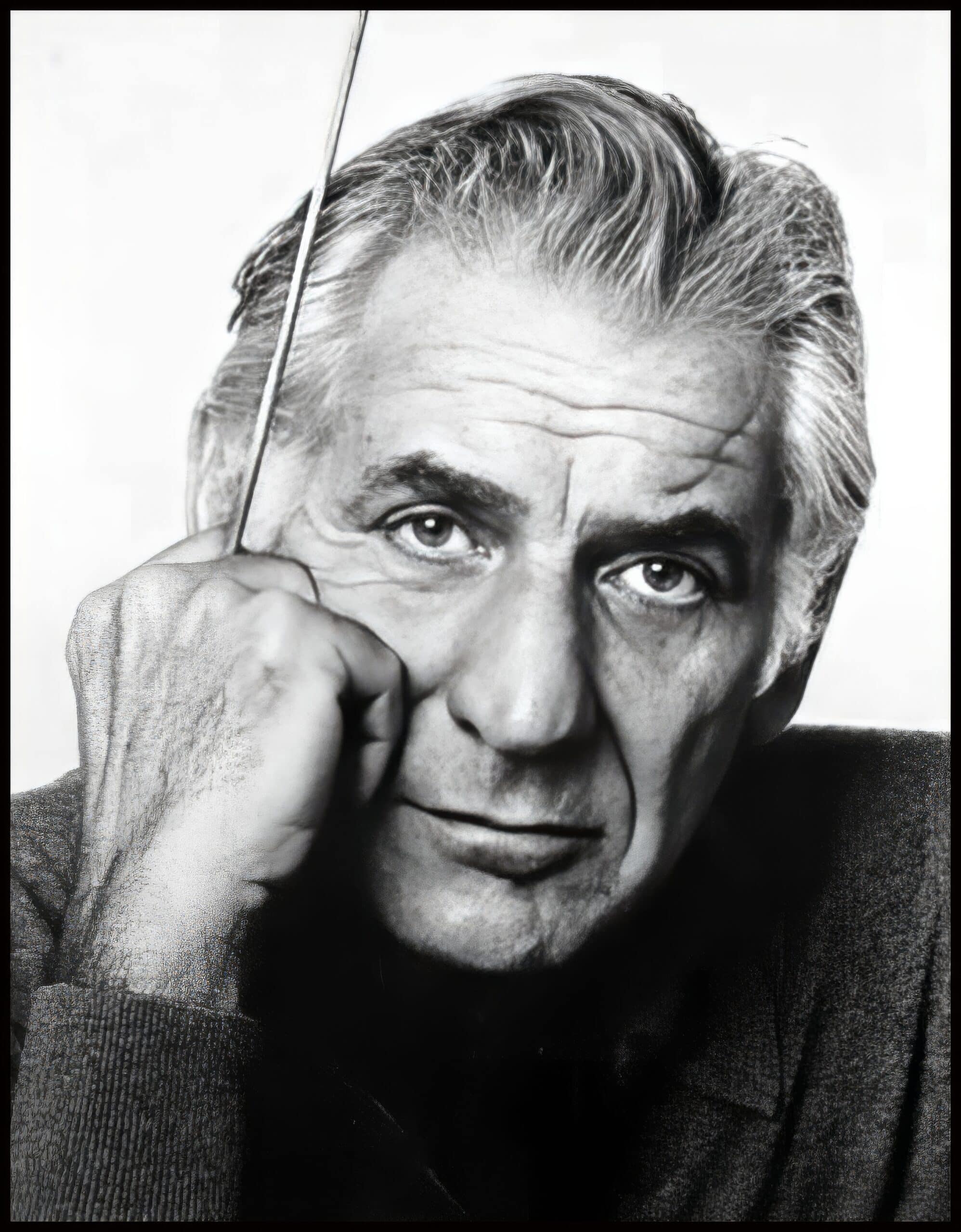
An orchestral conductor stands as a pivotal figure in the realm of classical music, embodying the crucial link between the musical score and its execution by the orchestra. This essay delves into the multifaceted role of the conductor, focusing on how they maintain the pace and harmony of the orchestra through their profound understanding of the music and the deft use of their baton.
At the core of a conductor’s role is the interpretation of the musical score. The conductor must not only understand the technical aspects of the score—such as tempo, dynamics, and articulation—but also grasp the emotional and historical contexts that influence the piece. This deep comprehension allows the conductor to make informed decisions about how the piece should sound, which in turn guides their interactions with the orchestra.
The conductor’s primary tool in achieving this musical vision is the baton, a small but mighty instrument that serves as an extension of the conductor’s intentions. Through the baton, the conductor communicates the tempo, rhythm, and dynamics of the piece to the orchestra. The baton’s movements can be subtle or emphatic, each nuance providing specific instructions to the musicians. For example, the speed at which the baton is moved can dictate the tempo, with faster movements signaling a quicker tempo and slower movements indicating a more leisurely pace.
Moreover, the baton is used to cue the musicians, ensuring that all members of the orchestra enter and exit at the correct moments. This is crucial in maintaining the cohesion of the ensemble, especially in pieces where different sections of the orchestra have varying roles. The conductor raises the baton to signal an upcoming entrance and lowers it to mark the end of a passage, guiding the orchestra through the complexities of the score.
The conductor also uses the baton to emphasize dynamics and articulation. By changing the baton’s motion—such as sharp, quick movements for staccato notes or smooth, flowing movements for legato passages—the conductor instructs the orchestra on how to express the music. This ability to shape the sound of the orchestra is what makes the conductor’s role so unique; they mold the auditory output of the ensemble through physical gestures.
Positioning and eye contact also play essential roles in how a conductor manages the orchestra. The conductor stands on a podium, giving them a clear view of all the musicians. From this vantage point, they can make eye contact with different sections, providing cues and feedback. This non-verbal communication is vital for maintaining the unity and responsiveness of the orchestra, allowing the conductor to make real-time adjustments to the performance.
Some of the greatest conductors in the history of classical music:
- Leonard Bernstein – An American conductor known for his work with the New York Philharmonic and his dynamic conducting style. He was also a composer and educator.
- Herbert von Karajan – An Austrian conductor who led the Berlin Philharmonic for over three decades. He was known for his precise technique and powerful interpretations.
- Arturo Toscanini – An Italian conductor renowned for his work with the NBC Symphony Orchestra and the New York Philharmonic. He was famous for his intense rehearsals and commitment to fidelity to the score.
- Sir Georg Solti – A Hungarian-born British conductor who was the music director of the Chicago Symphony Orchestra for 22 years. He was known for his interpretations of Wagner and Mahler.
- Carlos Kleiber – An Austrian conductor celebrated for his meticulous approach and infrequent performances, making each one a highly anticipated event.
- Claudio Abbado – An Italian conductor who held numerous prestigious positions, including music director of La Scala and the Berlin Philharmonic. He was known for his ability to inspire musicians and audiences alike.
- Gustavo Dudamel – A Venezuelan conductor known for his charismatic presence and work with the Los Angeles Philharmonic. He is also a prominent advocate for music education.
- Sir Simon Rattle – A British conductor who has led the Berlin Philharmonic and the London Symphony Orchestra. He is recognized for his innovative programming and advocacy for contemporary music.
- Riccardo Muti – An Italian conductor who has led the Chicago Symphony Orchestra and the Philadelphia Orchestra. He is known for his interpretations of Verdi and his work with opera.
- Seiji Ozawa – A Japanese conductor who served as the music director of the Boston Symphony Orchestra for 29 years. He is known for his energetic style and dedication to new music.
The orchestral conductor is a master of musical interpretation and communication, wielding the baton not just as a stick but as a sophisticated tool for musical expression. Through precise movements and strategic positioning, the conductor synchronizes the orchestra, ensuring that each musician’s contribution aligns with the overarching musical vision. The result is a harmonious and dynamic performance that resonates with the audience, fulfilling the emotional and artistic intents of the musical score. This intricate dance between conductor and orchestra is what brings the music to life, showcasing the profound impact of a skilled conductor on the overall sound and success of an orchestral performance.
WPRNPublicRadio.com is a Tampa, FL-based independent public radio platform to inform and entertain, bringing narratives driven by personal stories, connecting listeners to life, along with news and off-beat stories focusing on book readings, essays, arts and culture, and artistic sound portraits. Visit our website to learn more.
